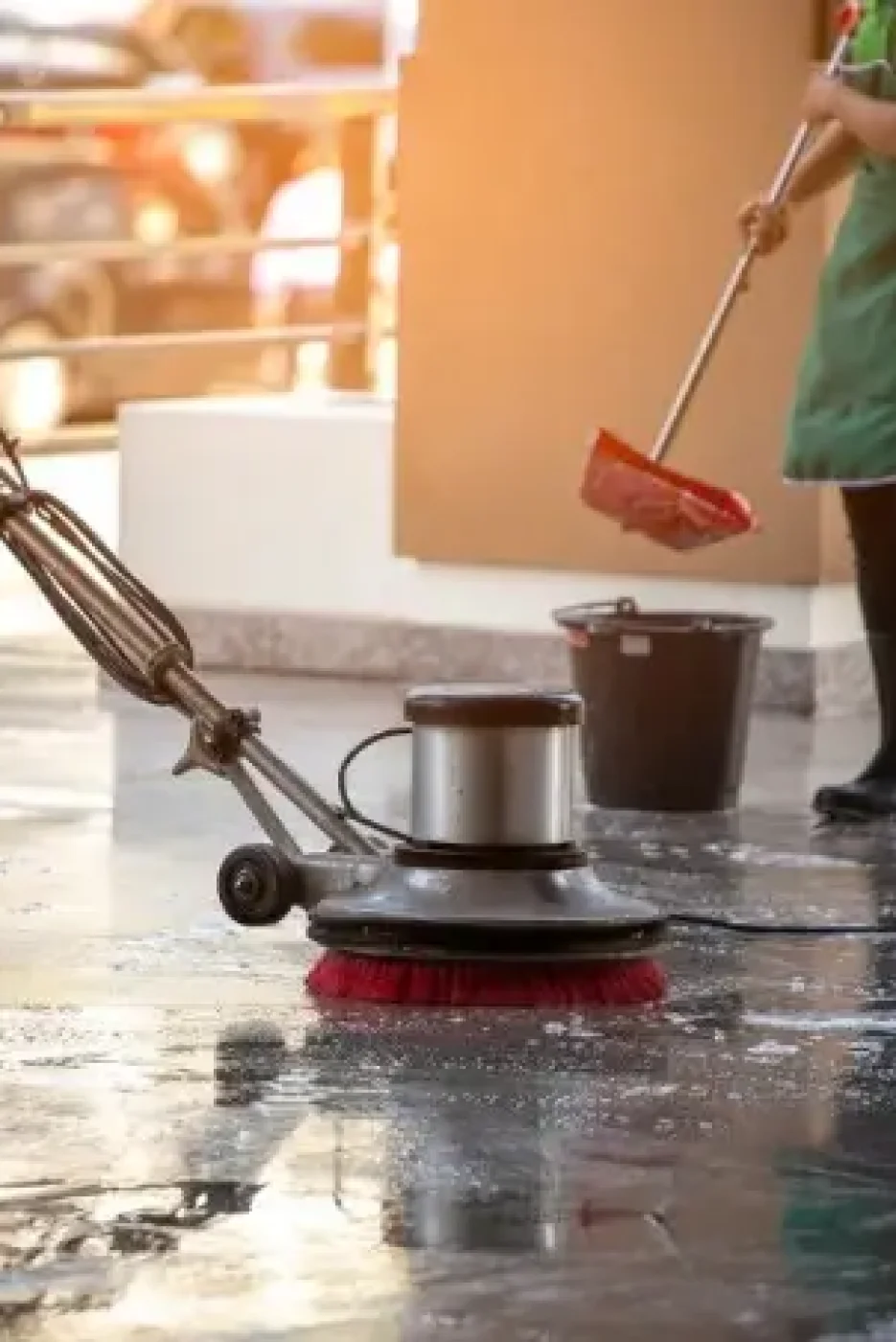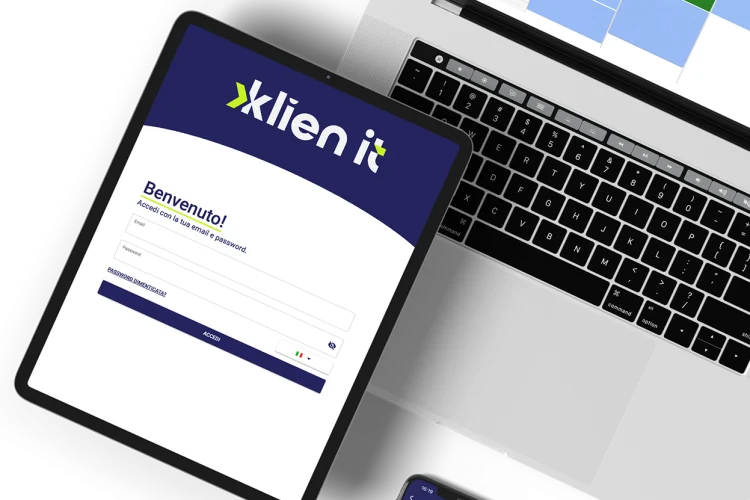The cleaning industry is no longer just about mops, buckets and regular routines. As we head into 2026, sweeping shifts in technology, sustainability, workforce dynamics and client expectations are transforming how cleaning companies deliver value. For anyone in the business, the question isn’t whether to change, but how fast.
Smart cleaning & automation take centre stage
Technology is no longer “nice to have”, it’s becoming essential. According to recent industry reports, more cleaning companies are investing in tools such as smart sensors, occupancy monitors and connected equipment to optimise cleaning schedules and reduce waste. What this means for cleaning companies: you’ll be expected to deliver not just manual labour, but data-driven, efficient service. Tracking usage, integrating sensors and automating routine tasks will help you reduce labour costs, improve consistency and win tougher contracts.
Sustainability and green cleaning
Clients are increasingly placing sustainability front-and-centre when choosing cleaning providers. Reports state that 72% of procurement managers in the commercial cleaning industry say sustainability practices are a key factor when awarding contracts.
Expect to see:
- Adoption of biodegradable, plant-based cleaning agents and fewer harsh chemicals
- Technologies that save water and reduce chemical waste
- Refillable or compostable packaging, on-site generation of cleaning fluids and other circular‐economy models.
For cleaning companies, this means offering green-certified services, training staff on eco-standards and clearly communicating your sustainability credentials. It’s no longer optional.
Workforce challenges, skills & digital tools for the team
Labour remains one of the biggest constraints in the cleaning industry. As roles become more tech-enabled and expectations rise, the way you hire, train and retain staff must evolve.
Key aspects:
- Use of mobile apps, real-time communication and scheduling tools to reduce fatigue and increase transparency
- Upskilling staff to create more attractive roles
- Emphasising diversity, equity and inclusion in hiring and promotion, which is also increasingly requested by cleaning contracts.
Companies that embrace these will have an edge; better retention, happier teams and stronger service delivery.
Data, digital auditing & quality become differentiators
Gone are the days of simply clocking hours and checking off jobs. In 2026, cleaning companies will increasingly be judged on data; on proof of service, on efficiency, on outcomes.
Expect:
- Digital quality assurance platforms that show real-time audits, photographs, performance metrics
- Predictive cleaning schedules based on occupancy data, historical usage, sensor feedback
- Integration with facility management systems — cleaning as part of the broader building performance ecosystem.
What you should do now
- Audit your tech stack. Are your scheduling, communication and reporting tools up to the task of delivering what clients expect in 2026?
- Build a sustainability story. It isn’t enough to say “we’re green”. Demonstrate how you minimise water/chemicals, use refillable packaging and reduce waste.
- Train your team differently. Move from purely manual cleaning to a blend of human + tech. Make sure your staff feel empowered.
- Install data systems. Start capturing performance metrics, task completion proof and sensor-data where possible.



